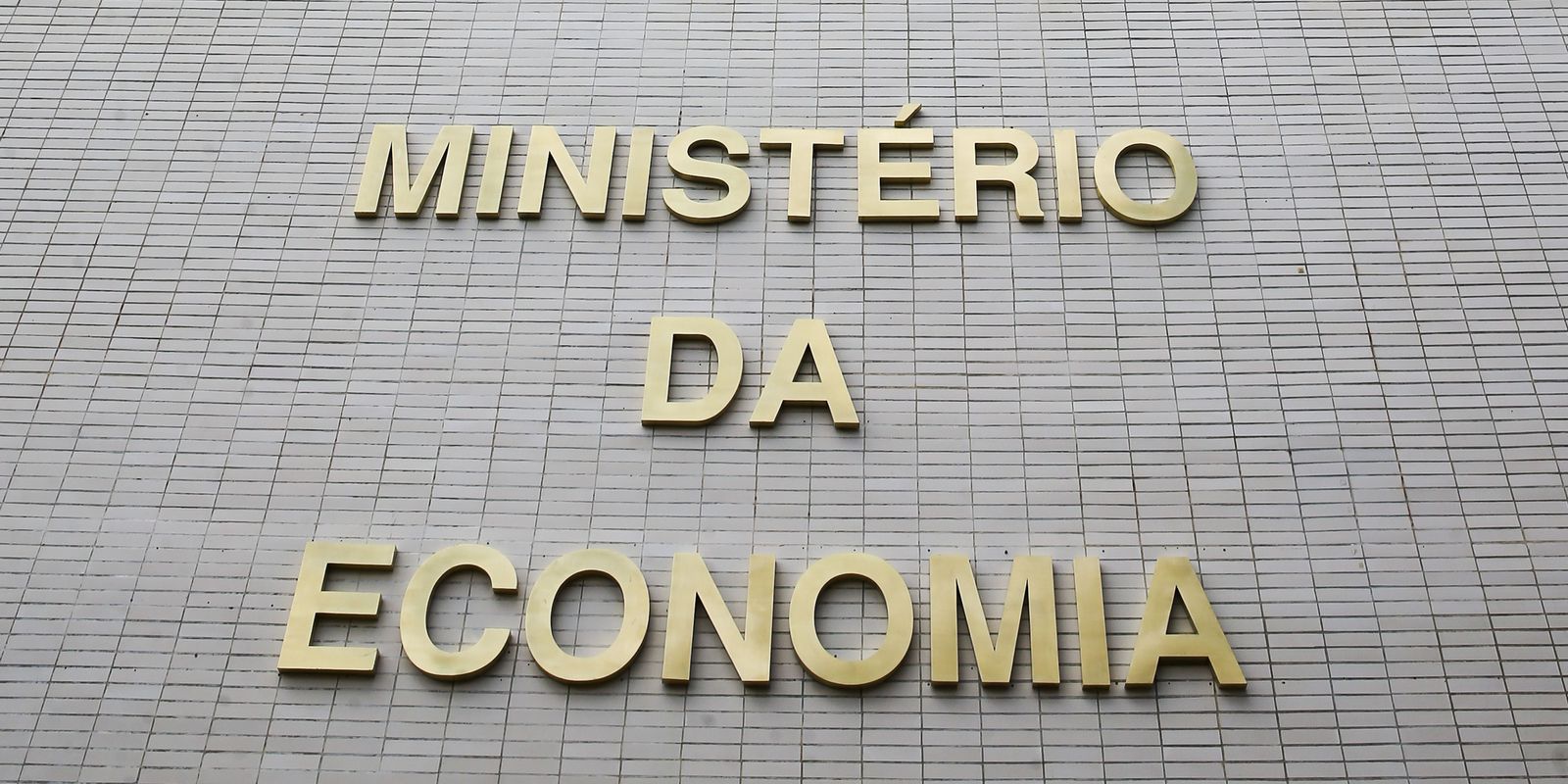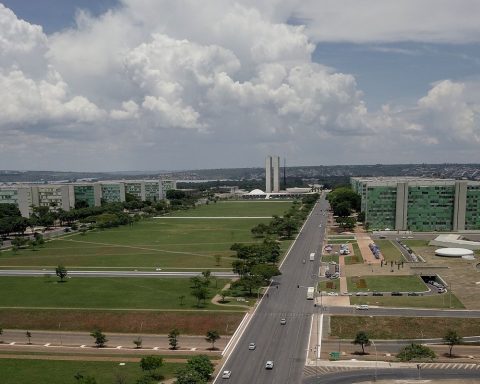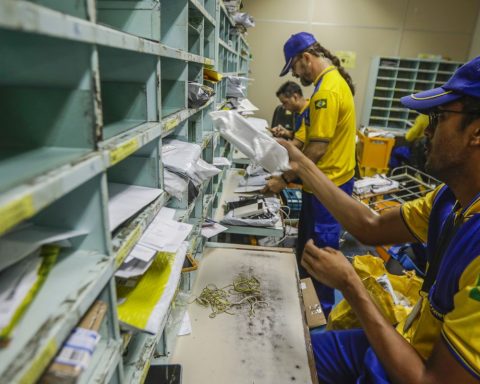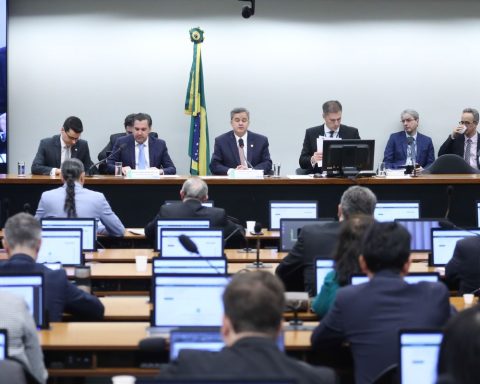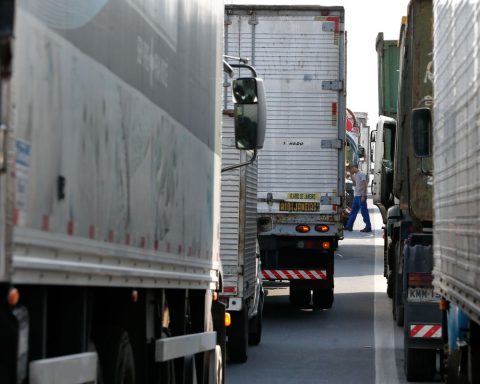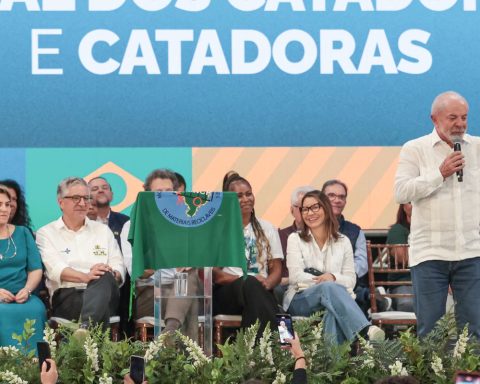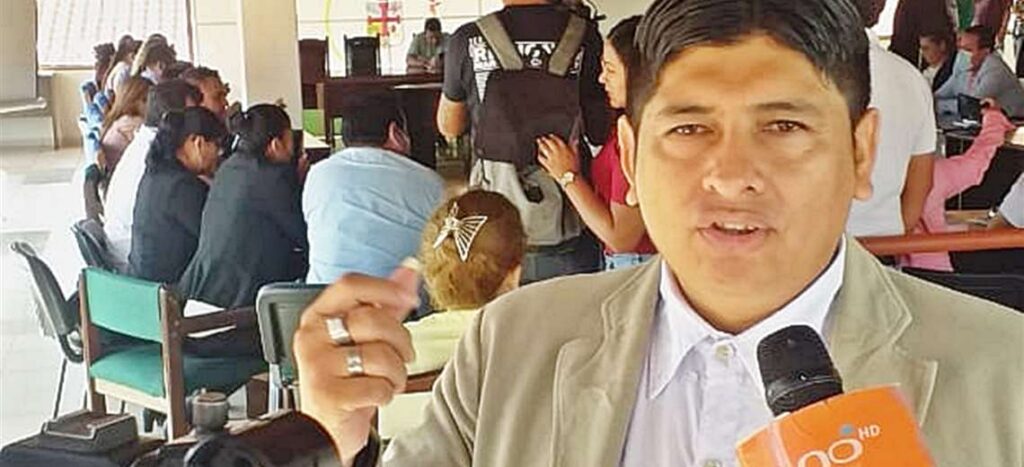The Ministries of Science, Technology and Innovations and Education were the ministries with the largest volume of contingency (blocked) resources in the 2022 Budget, the Ministry of Economy reported today (6) afternoon. The numbers are in the detailing of the Income and Expenses Evaluation Report for the second two months, released at the end of May.
The government had reported the total value of the new blockade, but the distribution of cuts by federal agencies was only released today. The new commitment limits (spending authorization) for each ministry and agency will be published in a decree in the Official Diary of the Union.
With R$ 2.5 billion in contingencies, the Ministry of Science, Technology and Innovation leads the blockade. Then comes the Ministry of Education, with R$ 1.598 billion blocked. The Ministry of Health occupies the third position, with R$ 1.253 billion. The other agencies had cuts below R$ 1 billion.
In the latest version of the report, it was reported that there would be an additional contingency of BRL 8.239 billion in the 2022 Budget, but the new effective block was BRL 6.965 billion. This was because the government blocked another BRL 463 million in discretionary (non-mandatory) spending from other portfolios to restore emergency spending by the Ministry of Economy, such as system maintenance and payment of bank fees for the provision of services.
At the same time that it raised the blockade by R$463 million, the economic team used a reserve of R$1.737 billion intended for restructuring careers in the federal civil service to reduce the amount to be contingency. Thus, the effective block in the second two months was R$ 6.965 billion.
total block
At the end of March, the government had contingency BRL 1.722 billion in rapporteur amendments. As a result, the total amount blocked in the 2022 Budget reaches BRL 10.424 billion, without the abatement of the reserve for restructuring careers, and BRL 8.687 billion, considering the use of the reserve to reduce the effective amount withheld.
Values do not include a possible 5% linear readjustment for functionalism. This increase would cost more R$ 6.3 billion to the federal coffers and would require additional contingency in the Budget. The Fiscal Responsibility Law allows adjustments to replace losses with inflation only until June 30 in the last year of each term.
Every two months, the Ministry of Economy publishes the Income and Expenditure Assessment Report, a document that guides the execution of the Budget. Based on forecasts of economic growth, inflation and the behavior of revenues and expenditures, the economic team determines the necessary blockade to meet the primary deficit targets (negative result of government accounts without public debt interest) and the spending ceiling.
Check out the distribution of the new budget cuts below:
| Budgeting Bodies | Blocking (BRL) |
| Presidency of the Republic | BRL 25,368,000 |
| Science, Technology and Innovations | BRL 2,500,000,000 |
| Education | BRL 1,598,095,000 |
| Justice and Public Security | BRL 117,353,000 |
| Mines and Energy | BRL 46,900,000 |
| foreign affairs | BRL 199,877,000 |
| Health | BRL 1,253,324,000 |
| Infrastructure | BRL 199,877,000 |
| communications | BRL 87,397,000 |
| Defense | BRL 706,964,000 |
| Regional development | BRL 149,833,000 |
| Tourism | BRL 36,554,000 |
| Citizenship | BRL 94,496,000 |
| Women, Family and Human Rights | BRL 9,655,000 |
| Brazilian central bank | BRL 18,738,000 |
| Total effective value | BRL 6,965,148,000 |
| contingency reserve | BRL 1,736,952,000 |
| Total amount with contingency reserve | BRL 8,702,100,000 |
